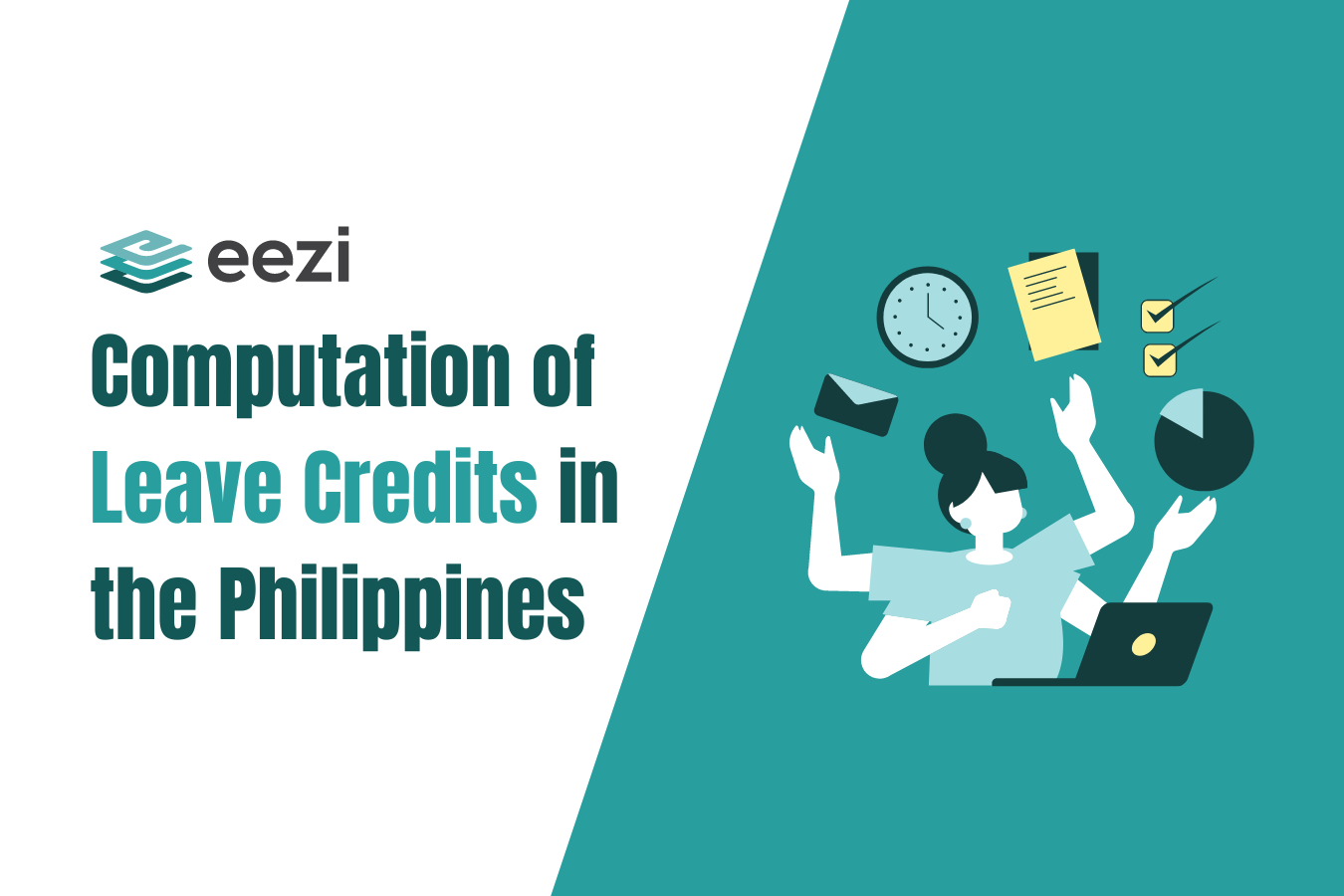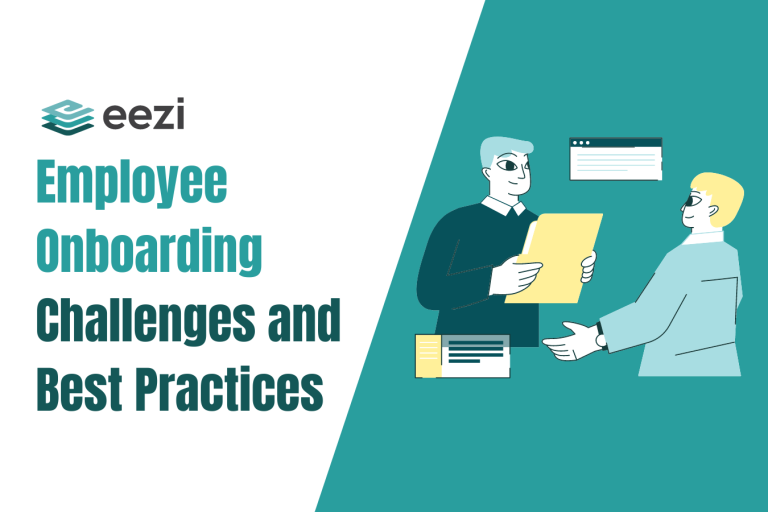What are the things to factor in the computation of leave credits for employees in the Philippines?

What are employee leave credits?
Employee leave credits, often referred to as “leave balances,” are the unused paid time-off days or hours that a company grants its employees. These can include vacation days, sick leave, or other forms of paid time off.
Moreover, employees may have the option to convert unused leave credits into monetary compensation by formally requesting it through the human resources department.
The company’s finance department is responsible for calculating and managing these accrued leave balances. When approved, the employee receives the equivalent monetary in their account.
This quick guide aims to provide basic information on how to compute leave credits. This includes accumulated vacation and sick leave credits and terminal leave benefits. Additionally, it also covers other forms of leaves of absence that can be converted to a corresponding money value.

How do you compute for different leave types in the Philippines?
Leave of absence entitlement
Leave of absence entitlement, in the context of government officials and employees, encompasses privileges granted to various personnel, including heads of executive departments, department heads, undersecretaries, and regular employees.
In general, employees are entitled to full-pay vacation and sick leave for each fiscal year, regardless of their employment status (permanent, temporary, or casual), provided they work during regular office hours. This entitlement excludes Saturdays, Sundays, and public holidays and has no set limit on the number of accumulated leave days.
It’s important to note that the computation of accrued leave credits follows a standard rate of one day of vacation leave and one day of sick leave for every 24 days of actual service, as specified by the Civil Service Commission Memo Circular No. 41, Series of 1998, and No. 14, Series of 1999.
Formula for leave credits computation
The computation for the monetization of leave credits is based on the Budget Circular No. 2002-1 of the Department of Budget and Management. As such, the monetary value of the monetized leave credits (MLC) shall use the following formula:
Monetized Leave Credit = Salary x Number of Monetized Leaves
Note that an officer or employee is only allowed to monetize a maximum of ten (10) working days’ worth of vacation, sick leave, or service credits. Moreover, they can only monetize once a year.
In addition, government officials or employees can choose to have unused VL and SL credits commutated when they transfer from one government agency to another. Otherwise, they can opt to transfer accumulated leave credits to their new agency.
In the case of employees in the private sector, the rules might be different and based solely on company policy.
eezi HR Guide
Learn the efficient ways to set up your HR department.
Related: Labor Code guidelines on leave without pay in the Philippines

Terms related to the computation of leave credits
Are you a human resources or financial personnel handling computations and monetization of an employee’s leave credits? In that case, there are a few terms that you need to be familiar with.
These terms were derived from the Omnibus Rules Implementing Book V of Executive Order No. 292 (Revised Administrative Code of 1987):
Leave of absence
This is defined as a right granted to an employee, regardless of whether the employment is in the government or private sector. As such, the employee can choose not to report for work and still receive the corresponding money value for any unused and unpaid leave credits.
Commutation of leave credits
This refers to the conversion of any and all unused leave credits to their appropriate corresponding money value.
Cumulation of leave credits
The term refers to the gradual incremental accumulation of leave credits by an employee or government official.
Immediate family
The term is used to refer to the spouse, children, parents, unmarried brothers and sisters. This also applies to any relative living under the same roof or who is dependent upon the employee for support. (Amended by the Civil Service Commission Memo Circular No. 6, Series of 1999.)
Sick leave
A type of leave granted to employees on account of sickness or disability. An employee can avail of this when the employee or any member of their immediate family is sick.
Additionally, an employee may also apply for sick leave in advance. This applies when the employee needs to undergo a medical examination or operation or rest in view of ill health. For this, a medical certificate attesting to the illness or that of any member of his family is required.
Vacation leave
Vacation leave is a leave granted to employees that they can use for vacation. It could be with family and friends or just a time off to handle personal matters. The approval of such leave depends upon the policies of the company or business entity. Moreover, it depends on the urgency and necessity of the employee’s service.
Monetization
This refers to the advance payment of any unused and unpaid leave credits upon the employee’s request. However, the actual conversion is subject to the prescribed terms and conditions stated in the company policies.
Monetization can be applied upon employee request, even if they do not actually go on leave. Generally, unused leaves can be converted to their corresponding monetary value at the end of the fiscal year.
Maternity leave
This refers to the leave of absence that a pregnant female government official or employee can avail of. The maternity leave is applicable on top of the regular accumulated vacation and sick leave granted to pregnant female employees.
This benefit is granted to working mothers to offer them additional financial support. Additionally, this also allows them to rest and recuperate during their pregnancy period. A married female employee may avail of the maternity leave more than once a year.
For a better understanding of this leave, check out the Maternity Leave guide.
Paternity leave
This leave type is specific for married male employees. It may also apply to male employees that are recognized as fathers or surrogate father figures. With paternity leave, a male employee can request time off from work for seven (7) days while continuing to earn their salary.
In the case of solo male parents, paternity leave can be granted so male employees can take care of their ailing children.
Check out the Paternity Leave rules and Expanded Solo Parents Welfare Act for better guidance.
Terminal leave
Terminal leave, in the context of employee benefits, refers to the monetary value of an employee’s accumulated leave credits paid out when the employee separates from their employment, whether through retirement or voluntary resignation.
The amount of terminal leave benefits is typically calculated based on the highest monthly salary the employee received at any point during their tenure or government service. However, if the employee’s latest salary is the highest received, it will be used as the basis for calculation.
Special leave privileges
Special leave privileges refer to an additional three (3) days of leave granted annually to government officials and employees in addition to their regular vacation, sick, maternity, and paternity leaves.
Monetization of fifty percent (50%) of an employee’s accumulated sick and vacation leave credits may be allowed. However, they must be for valid and justifiable reasons. Furthermore, it is subject to company policies, the discretion of authorized administrators, and the actual availability of funds.
These special leaves can be used for the following:
- Funeral/Mourning leave
- Hospitalization leave
- Graduation leave
- Accident leave
- Enrollment leave
- Relocation leave
- Wedding/Anniversary leave
- Government transaction leave
- Birthday leave
- Calamity leave
Compute Employees’ Total Accumulated Vacation Leave and Sick Leave Credits Accurately!
With eezi, you never have to leave computation of leave credit monetization to guesswork!



